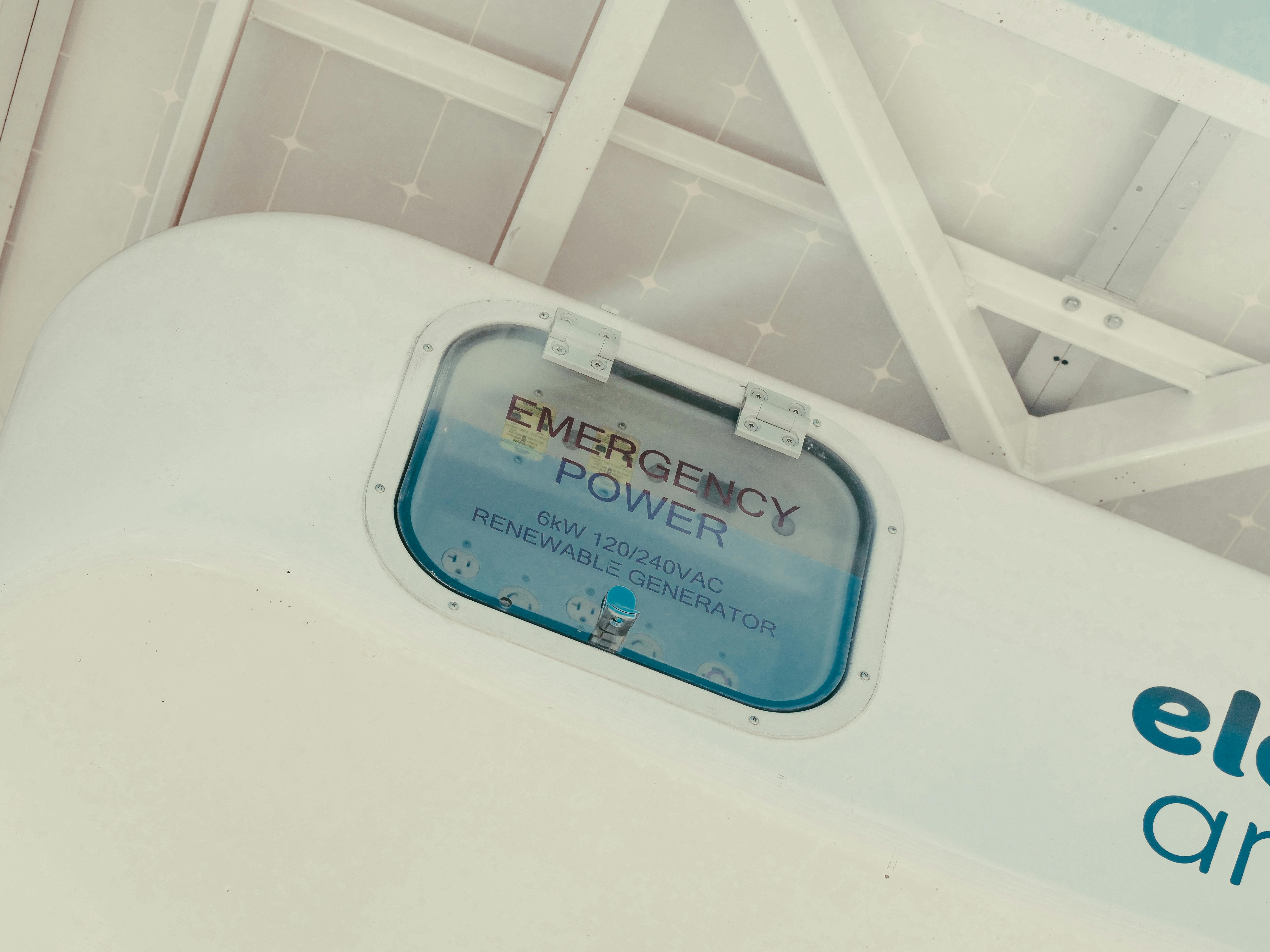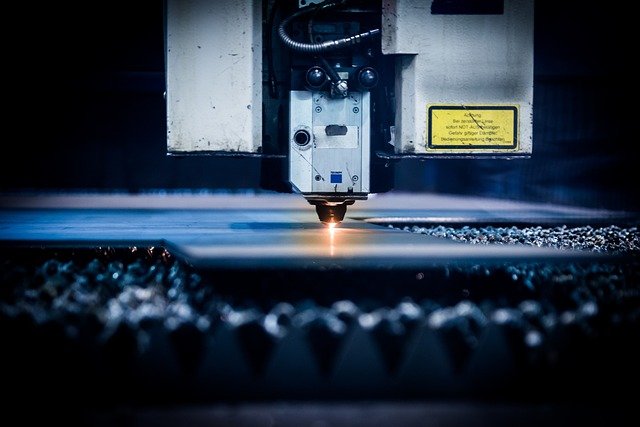Redrawing the Blueprint: The Emergence of Digital Twin Technology
In the world of technology, the old adage "seeing is believing" is taking on a whole new meaning. Enter Digital Twin Technology (DTT), an innovative concept that's quietly transforming industries from manufacturing to healthcare. Let's dive into this virtual realm.
The Genesis of Digital Twin Technology
DTT, a concept that dates back to the early 2000s, is essentially a virtual model of a physical object or system. The idea was first proposed by Dr. Michael Grieves at the University of Michigan, who suggested the creation of a virtual duplicate, or a “digital twin,” of a physical product.
NASA was among the first to adopt this concept, using DTT during their early space missions to predict possible scenarios and troubleshoot problems. Over the years, the technology matured, and now, with advancements in IoT and AI, DTT has found its foothold in multiple industries.
Digital Twin Technology Today
DTT has experienced a significant uptick in interest in recent years, primarily due to the rise of the Internet of Things (IoT). The IoT has made it possible for objects to send and receive data, creating a real-time link between the physical and digital world. This has opened up vast possibilities for DTT.
The technology is now playing a pivotal role in various industries like manufacturing, healthcare, smart cities, and more. For instance, in manufacturing, digital twins can track and optimize the entire production process, reducing downtime and increasing efficiency. In healthcare, DTT can create a virtual patient, enabling doctors to simulate and analyze various treatment options.
The Market and Pricing of Digital Twin Technology
According to a report by Markets and Markets, the DTT market size is expected to grow from $3.8 billion in 2019 to $35.8 billion by 2025. This exponential growth is attributed to the increasing adoption of IoT and the growing demand for advanced visualization tools in modeling and simulation.
As for the pricing, it varies significantly depending on the complexity of the digital twin and the industry it’s used in. Basic digital twin software can start from a few hundred dollars per month, but complex, enterprise-level systems can cost several thousands.
The Future of Digital Twin Technology
Despite its impressive growth, DTT is still in its early stages. The future holds immense potential. For instance, as augmented reality (AR) and virtual reality (VR) technologies continue to advance, we can expect digital twins to become more immersive and interactive.
Moreover, as 5G networks become more prevalent, real-time data processing will become faster and more efficient, enhancing the utility of digital twins. While challenges related to data security and privacy remain, the continuous improvement of cybersecurity measures offers positive prospects.
In conclusion, Digital Twin Technology offers a fascinating glimpse into the future, where the boundaries between the physical and digital world blur. It’s an exciting time to be a part of this digital revolution, and we can’t wait to see where it takes us next.





